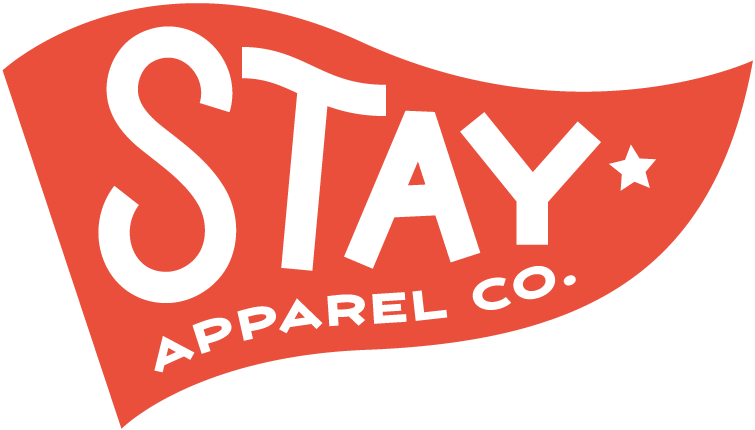Tale of the tee: Graupner's Silver Stock Lager Beer
The design adorning our new Graupner’s Silver Stock Lager Tee
Robert Graupner had relatively little to do with the history of the brewery that bore his name, seeing how it outlived him by some 45 years.
Robert H. Graupner Inc. is memorialized on the front of one of our newest tees, which features a 1940s newspaper ad for the brewer’s Silver Stock Lager Beer.
Graupner and a partner, whom the Harrisburg Telegraph newspaper of Dec. 5, 1892 identified as “two well-known business men of Lancaster,” bought C.A. Dressel’s brewery at South Eleventh Street, Harrisburg. At the time, Graupner was superintendent of Hafner’s Brewery in Lancaster.
They took over the Harrisburg brewery at the onset of 1893 with plans to double its capacity.
By 1896, the Telegraph was identifying Graupner as one of the principal stockholders and managers of the new Harrisburg Consumers’ Brewing and Bottling Co., its “handsome plant” set to begin operating at Tenth and Market streets “about Aug. 1.”
In December 1902, according to the Harrisburg Daily Independent, stockholders in Harrisburg and Baltimore offered Graupner, identified as president, treasurer and general manager, $80,000 for the brewery. In exchange, he would have had to turn over “all the saloons and licenses” under the brewery’s control and agree not to engage in the brewing business within a 25-mile radius of Harrisburg for 10 years.
Apparently Graupner resisted the overture, and the brewery adopted the Graupner’s name in 1903, according to OldBreweries.com. But troubles remained. A 1905 Harrisburg Telegraph article carried the headline, “Graupner’s Will” and the subhead: “Brewery of man who killed himself inherited by wife.”
The two-paragraph article did not elaborate on his death.
‘Biggest sensation’
His widow, Mary Graupner, made headlines in 1912. The Carbondale Leader newspaper, reporting on a court case, revealed that “she owns 18 saloon properties in this city [Harrisburg] and coerces the proprietors into selling her beer.”
“Mrs. Graupner, as a witness, admitted the charges partly, furnishing the biggest sensation in local liquor circles in years,” according to the newspaper. It was noted that several years earlier, when the brewery had been in receivership, a judge had allowed it to continue operating with the stipulation that it “cut loose its ‘tied saloons.’ ”
Prohibition went into effect in 1920 with the passage of the Volstead Act. Breweries could only legally produce what was known as “near beer,” or malt beverages containing no more than one-half of 1 percent alcohol by volume.
Mary’s sons, William and Fred, were running Graupner’s in 1926 when its brewery permit was revoked by the state after a raid by federal agents. They found cereal beverages containing 3 percent to 4.61 percent alcohol and 24 half barrels of beer in the brewery.
Graupner’s ability to manufacture soft drinks was not affected. The company was allowed to apply for another permit one year after revocation.
A 1932 photo and caption in the Harrisburg Telegraph showcased the company’s $25,000 de-alcoholizer “that kicks out the kick from beer, thus converting it into near-beer under present governmental regulations. Brewery officials are looking forward to the day when changes in the Volstead Act will permit them to kick out the kick remover.”
Home delivery
As Prohibition neared its conclusion in 1933, a Graupner’s ad in the Harrisburg Sunday Courier touted the debut of home delivery of the brewery’s Silver Stock and X-Tra Fine beers.
“The two famous brews that are hailed throughout the United States as the finest beers on the market!” the ad proclaimed. “Both brands are known coast-to-coast as those ‘famous Harrisburg beers!’ ”
In March 1933, President Franklin Delano Roosevelt signed an amendment to the Volstead Act that permitted the sale of beer with 3.2 percent alcohol. On the eve of its enactment, a throng of men wearing suits, fedoras and newsboy caps waited outside Graupner’s.
The Harrisburg Telegraph captured the moment in a photo and a caption: “Before the hour struck streets were jammed, traffic at a standstill, autos parked many blocks distant.
“Each pocket contained at least $3.15 — $2.40 for a case and seventy-five cents for bottle deposit. As the legal beverage was restored the crowd surged forward and kegs were rolled and cases carried away by the hundreds.”
Harrisburg Telegraph, April 7, 1933
Harrisburg Telegraph, April 7, 1933
But for Graupner and hundreds of other American breweries, the good times would not roll on for much longer. Their ranks would shrink as the industry consolidated.
Prohibition officially ended on Dec. 5, 1933 with ratification of the 21st Amendment, which repealed the 18th Amendment.
The website GreatFermentations.com noted that 756 breweries were operating within a year of Prohibition’s end, but only 407 in 1950 and 230 eleven years after that.
“American beer lovers managed to defeat Prohibition, but they are once again headed in a bad direction as giants like Anheuser-Busch, Pabst and Valentin Blatz Brewing squeeze out smaller brewers. Big business is getting in the way of great beer.”
Graupner closed in 1951. Harrisburg wouldn’t have another brewery until 1997, when Appalachian Brewing (in the shadow of where Graupner’s operated) and Troegs Independent Brewing opened their doors.


